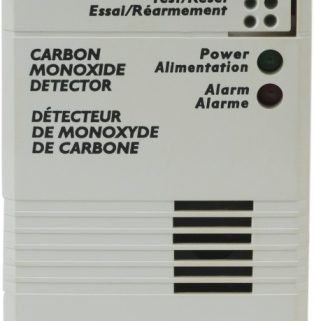Carbon Monoxide Poisoning: What Is Carbon Monoxide Poisoning and How Can You Prevent It?
What Is Carbon Monoxide Poisoning? Carbon monoxide is an odorless, colorless gas that, when ingested in certain quantities, can result in illness and/or death. It’s extremely toxic and doubly dangerous because of its near-invisible nature, and is made from car and diesel engine exhaust, cooking fumes, charcoal, wood, and other combustible materials. When burned in enclosed spaces, the CO2 can build to toxic and even fatal levels. There are an average of 400 deaths from carbon monoxide poisoning each year.
Some symptoms of CO2 poisoning are headaches, dizziness, nausea, vomiting, disorientation, and in high concentrations of the gas, unconsciousness. Many people can be suffering from the effects of the gas without knowing it until it’s too late. While anyone can be at risk for CO2 poisoning, those with upper respiratory problems, asthma, and heart disease are particularly susceptible. Infants and young children as well as seniors over 65 are much more vulnerable.
How can You Prevent It?
You can guard against toxic CO2 contamination with methods such as:1. Venting – make sure your ventilation system is clean and free of obstruction, so that gas doesn’t build in the home while you are cooking. Be sure to check your fireplace, ducts, chimneys, and pipes.
2. Have your heating/AC and water system inspected and checked annually.
3. Install a carbon monoxide detection alarm system in your home
4. Don’t burn coal, wood , or gas in any enclosed spaces without proper ventilation.
5. Do not use your oven or gas range/stovetop for indoor heating. This can also result in the very quick buildup of carbon monoxide gases, particularly in a camper or RV.
5. Never run the engine on any vehicle in an enclosed space, such as a garage with the door shut. Always open the door and allow air to circulate within the space and diffuse the CO2 effects. 6. Have a mechanic check your car exhaust system regularly. One tiny leak in your cooling or exhaust systems could result in toxic gas buildup in the cab of the vehicle. For more information about prevention and carbon monoxide safety, call us for all your HVAC and household needs. We’ll be happy to help you in any way we can.




